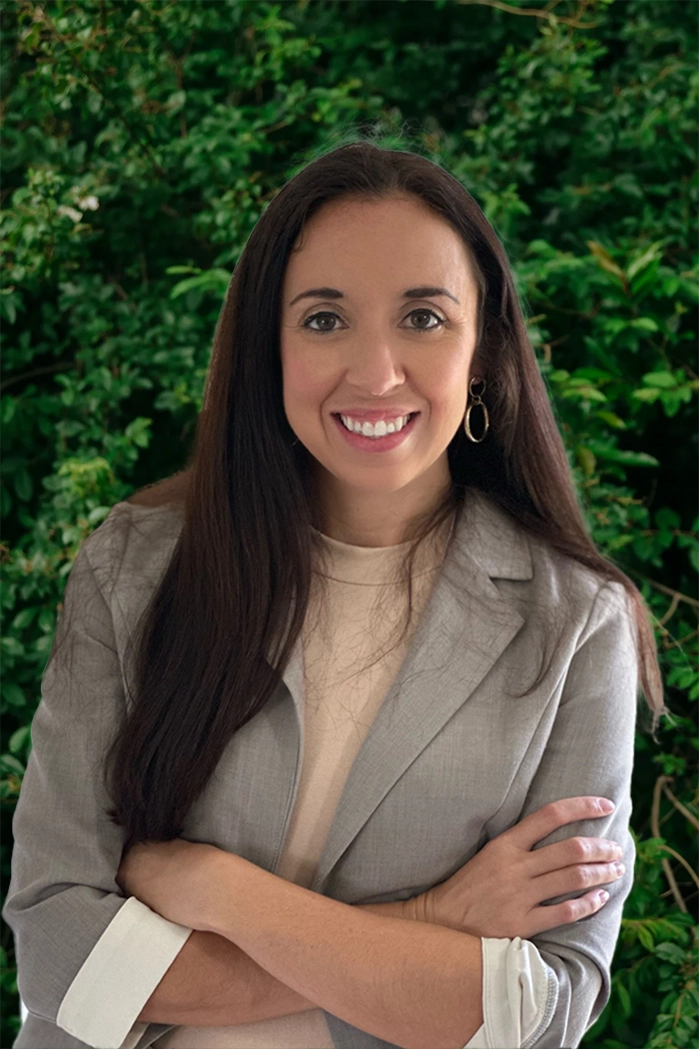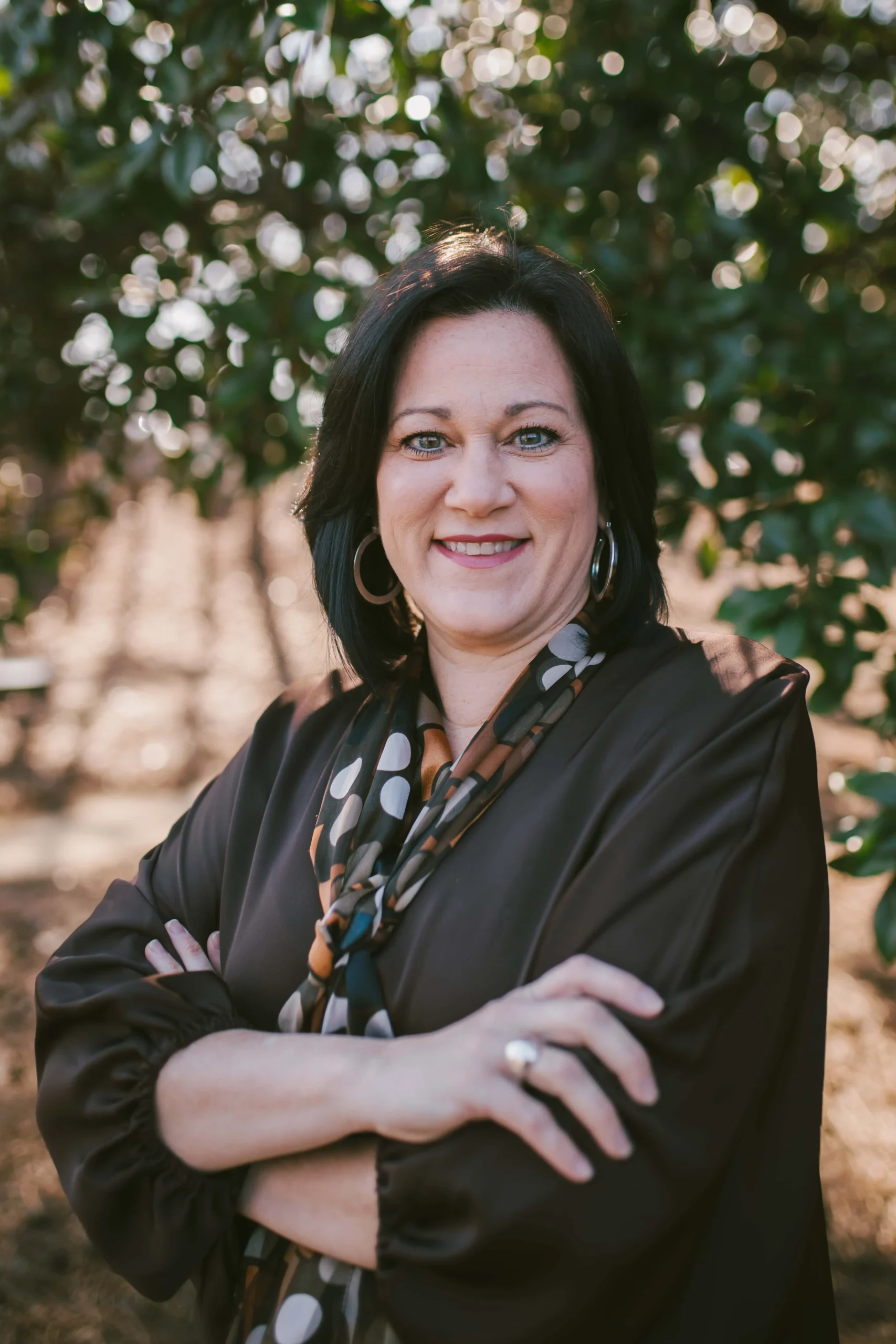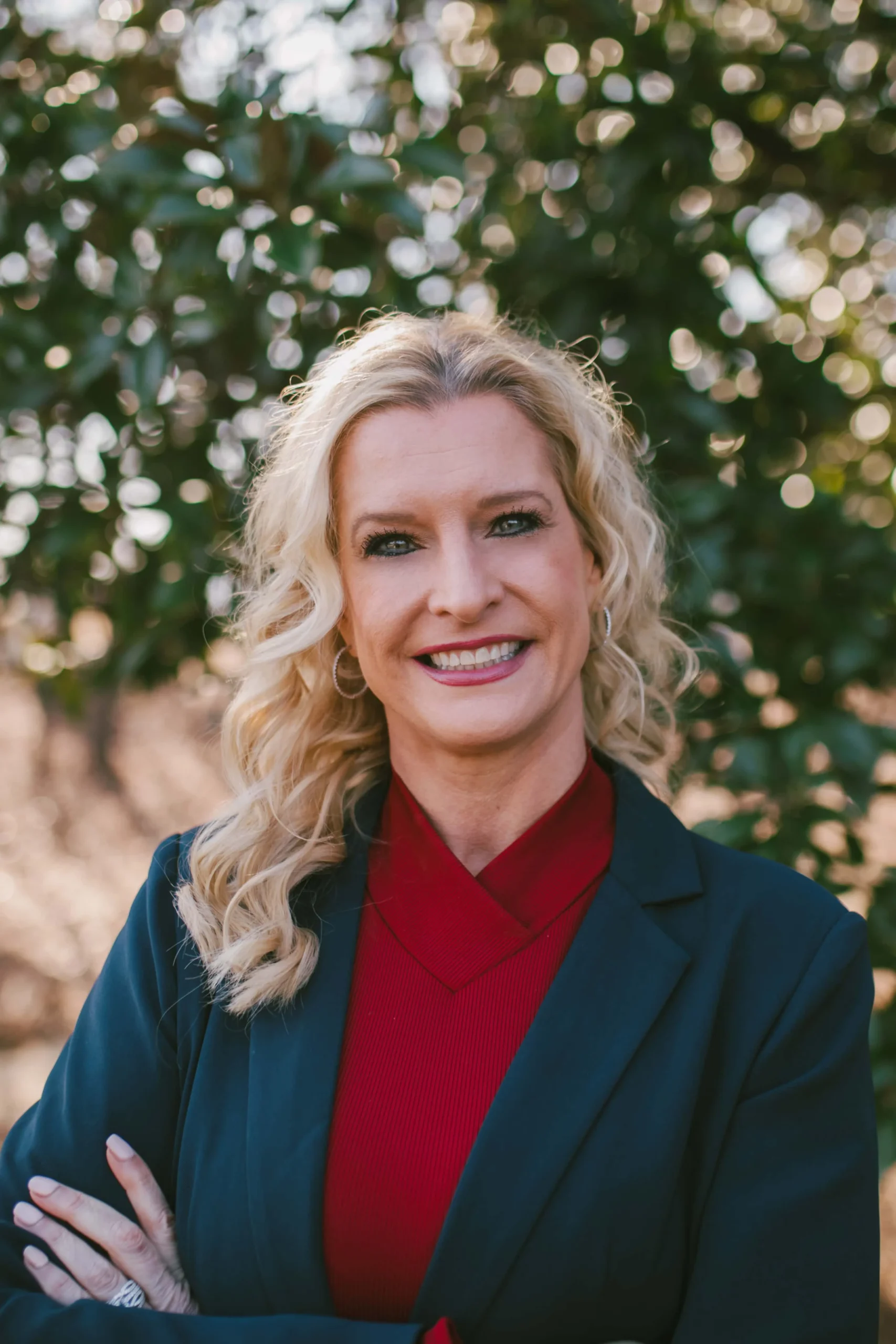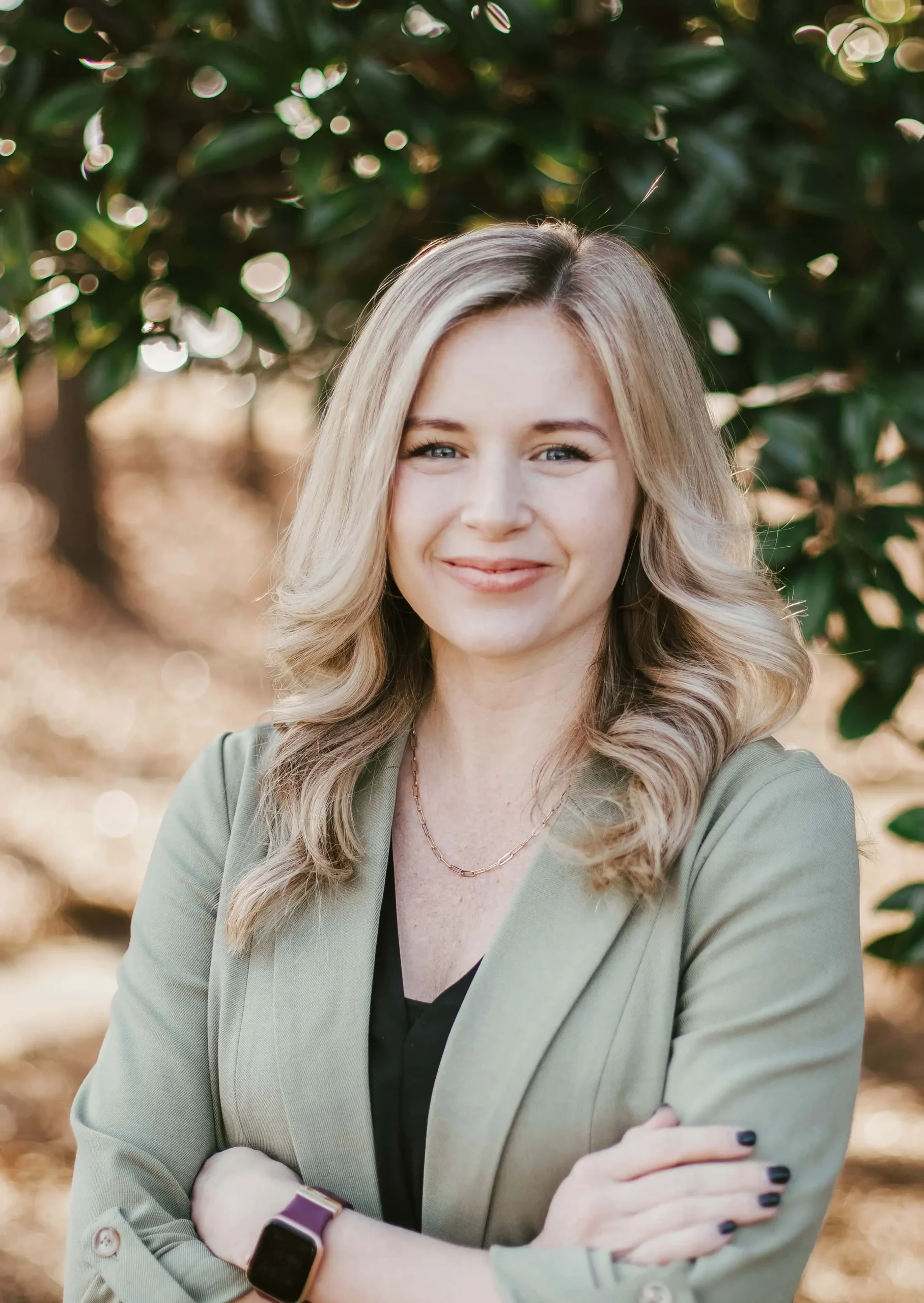Landscaping Fertilizer 101: What You Need to Know
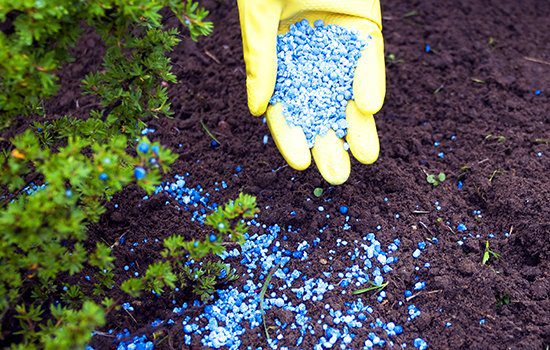
It is essential to understand the fundamentals of fertilizing in order to achieve and maintain a healthy, green lawn year-round. However, understanding what to do, when to do it, and what to avoid can be complicated, especially with so many products on the market. Therefore, we’ve asked our staff to answers some of the most common fertilizing questions.
First things first, why should I fertilize my lawn?
Your soil supplies some of the nutrients that grass needs, but most soils are not able to provide all of the needed nutrients throughout the growing season. Fertilizing your lawn not only helps improve the appearance of your lawn, but it also supports the overall health of your grass, shrubs, and trees. To accurately fertilize your lawn, it’s important to have a professional landscaper help you select the right fertilizer and choose an application method that will help your yard maintain good health year-round.
What do the numbers on the outside of the bag mean?
Deciding which fertilizer to use can be confusing. The numbers on the bag are meant to help you understand what you need for your yard’s specific needs. The three numbers indicate the amount of nitrogen (first number), phosphate (second number), and potassium (third number) in the fertilizer. These are three key nutrients that most plants need in large quantities, however, different yards have different needs. That’s why there are fertilizer variations. For example, lawn fertilizers generally contain high levels of nitrogen to promote vegetative or leafy growth. They are great for your grass but inhibit flowering. Therefore, lawns require different fertilizer than flowering shrubs.
What form of fertilizer should I be using?
The answer to this depends on how quickly you would like your fertilizer to release their nutrients. Granular (dry) fertilizers are easy to apply and usually, have a time-release feature. You can decide if you want the nutrients to be entirely released in one month or even several months. Liquid fertilizers are tougher for a nonprofessional to achieve a consistent application. They are fast acting, and will enter the plant system quicker, but they are also more short-lived.
How much and how often should I fertilize my plants?
We highly suggest having a professional landscaper come out and provide a soil test for you. This will allow you to know the accurate frequency in which your yard will need fertilizer based on many factors, including soil type, plant species, drainage, sun exposure, turf, previous chemical program, and irrigation just to name a few.
Can you fertilize too much?
Yes! Less is definitely more in this case. Although plants love their fertilizer, too much can create a toxic environment, kill your plants, and even potentially poison the soil for years, preventing future new growth. Always read and follow label recommendations for fertilizer rates, dilutions, and application guidelines, and if you are ever in doubt, always lean toward conservative usage. However, we strongly suggest you contact your professional landscaper and have them provide a soil prior to laying down any fertilizer so you can learn the correct practices for your yard.
My plant looks like it’s potentially dying. Should I try to fertilize it?
Not necessarily. You need to determine why your plant is dying. These conditions include insect damage or disease, over-watering or under-watering, too much or too little sun exposure, and more. Fertilizer doesn’t always fix a problem, and in some cases, it could even make the problem worse. The only way to truly determine it is to have a professional evaluate it.
Are fertilizers harmful to children and/or pets?
Most fertilizers are not harmful, however, it should be advised that children and pets should stay away from the areas for at least 24 hours. Fertilizers place in storage should be kept out of the reach of children and pets.
We hope that this information was helpful! Feel free to comment with feedback and share what you learned. We would love to hear from you!









